Introduction: Navigating the Fast-Paced Tech World
In today’s rapidly evolving digital landscape, the last phrase of Technology is changing faster than ever. Innovations that seemed impossible are now part of our daily lives, shaping how we work, live, and interact with the world. However, keeping up with these advancements can feel overwhelming. This is where understanding the last phase of technology becomes essential.
This phrase refers to the latest trends, breakthroughs, and emerging technologies that define the present and pave the way for the future. Think of technology as a story, with each new development marking a new chapter. The “last phrase” is the exciting conclusion of the current chapter, offering a glimpse into the future.
Let’s explore the top 10 technology trends you should know to stay ahead in this ever-changing world. We’ll cover the innovations shaping our future, from quantum computing to renewable energy.

Table of Contents
1. Quantum Computing: Unlocking New Possibilities
Quantum computing isn’t just a buzzword—it’s a revolutionary shift in information processing. Unlike classical computers that rely on bits (0s and 1s), quantum computers use qubits, which can exist in multiple states simultaneously. This capability allows quantum computers to solve complex problems at incredible speeds.
Key Advances
Companies like IBM and Google are making significant progress. For example, IBM’s Q System One is one of the first commercial quantum computers. Google’s Sycamore processor demonstrated quantum supremacy by solving a problem in 200 seconds that would take a traditional supercomputer 10,000 years.
Implications
Quantum computing could transform industries by:
● Cryptography: Potentially breaking existing encryption methods, pushing the need for quantum-resistant algorithms.
● Healthcare: Speeding up drug discovery by simulating complex biological systems.
● Finance: Enhancing precision in investment strategies.
Though there are hurdles, such as stabilizing qubits, the future of quantum computing is promising, positioning it at the forefront of technological innovation.
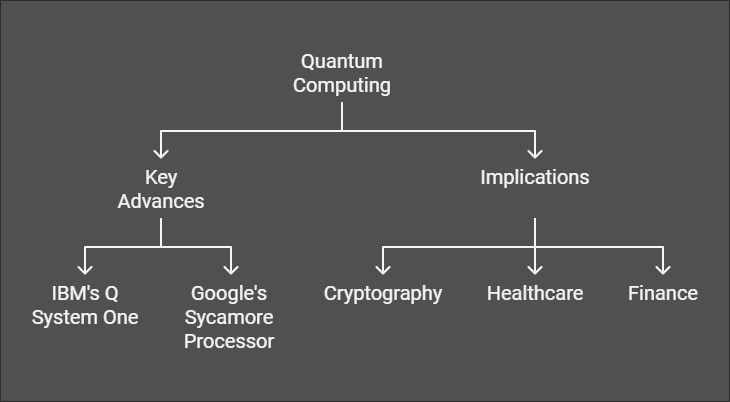
2. Artificial Intelligence (AI): Beyond the Hype
AI has transitioned from science fiction to everyday reality. AI shapes our lives and work, from virtual assistants to autonomous vehicles.
Current Applications
AI is not just a single technology but a broad field that includes:
● Machine Learning: Allowing systems to make data-based decisions without explicit programming.
● Natural Language Processing (NLP): Enabling machines to understand and generate human language.
● Computer Vision: Helping computers interpret visual data.
Recent Breakthroughs
AI has made impressive strides. OpenAI’s GPT-3, for example, can write human-like text based on a few prompts, revolutionizing content creation. Meanwhile, computer vision systems are enabling facial recognition and self-driving cars.
Real-World Impact
AI is transforming healthcare by improving diagnostics and creating personalized treatment plans. In finance, AI helps predict market trends and manage risks. As AI evolves, its impact across industries will only grow, solidifying its place as a core part of technology’s last phase.

3. Internet of Things (IoT): Connecting Everything
The Internet of Things (IoT) connects everyday devices to the Internet, making them more innovative and efficient. IoT is revolutionizing how we interact with the world, from fitness trackers to smart thermostats.
Growth and Applications
By 2025, there will be an estimated 75 billion connected devices. IoT is transforming industries like:
● Healthcare: Enabling remote patient monitoring for better care.
● Agriculture: Using sensors to monitor soil conditions and improve crop yields.
● Smart Cities: Managing traffic and energy consumption through connected infrastructure.
Everyday Examples
Imagine walking into your home, and your innovative system adjusts the lighting and temperature and even starts playing your favorite music. Or think of a refrigerator that alerts you when you’re running low on groceries. These examples are just a glimpse of IoT’s potential.
As IoT grows, concerns around security and privacy are rising. Fortunately, advancements in cybersecurity are helping mitigate these challenges, ensuring a safer, connected world.

4. 5G Technology: The Next Leap in Connectivity
5G technology is the next generation of wireless communication, offering faster speeds, lower latency, and more reliable connections. It’s set to transform industries and enable new technologies, from autonomous vehicles to telemedicine.
Benefits
● Speed: 5G is 100 times faster than 4G, allowing seamless streaming and real-time data transfer.
● Low Latency: With latency as low as 1 millisecond, 5G enables instant communication, crucial for applications like autonomous driving and remote surgeries.
● Capacity: 5G can support many more devices, making it ideal for IoT networks.
Impact
Industries like healthcare, manufacturing, and entertainment will all benefit from 5G’s capabilities:
● Healthcare: Real-time patient monitoring and remote surgeries will become more feasible.
● Manufacturing: Smart factories will benefit from better automation and reduced downtime.
● Entertainment: Virtual and augmented reality experiences will become more immersive with 5G.
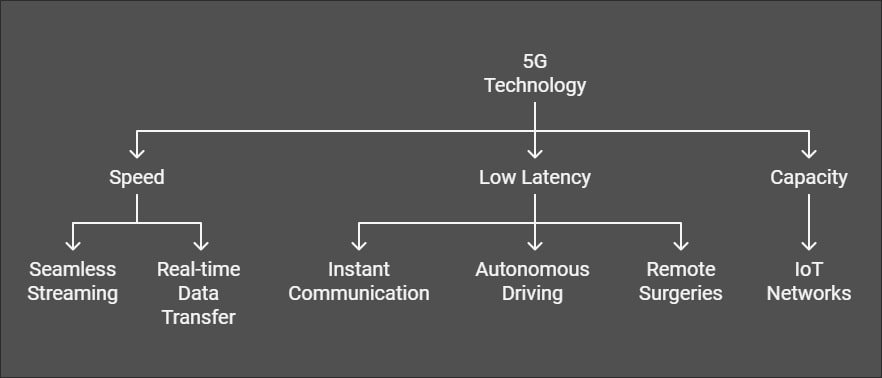
5. Blockchain: Revolutionizing Trust and Security
Blockchain is much more than the technology behind cryptocurrencies—it’s a decentralized, secure way to record transactions that can transform industries.
How It Works
Blockchain is a chain of digital blocks containing a list of transactions. These blocks are linked using cryptography, making it nearly impossible to alter past transactions. This ensures transparency, security, and trust.
Beyond Cryptocurrencies
While blockchain is best known for Bitcoin, its potential goes far beyond:
● Supply Chain Management: Tracking products from origin to consumer for greater transparency.
● Healthcare: Securely store patient data and enable better data sharing.
● Voting Systems: Creating secure, tamper-proof voting systems.
Real-World Example
Walmart uses blockchain to track the origin of produce, ensuring food safety and quickly identifying issues when they arise.
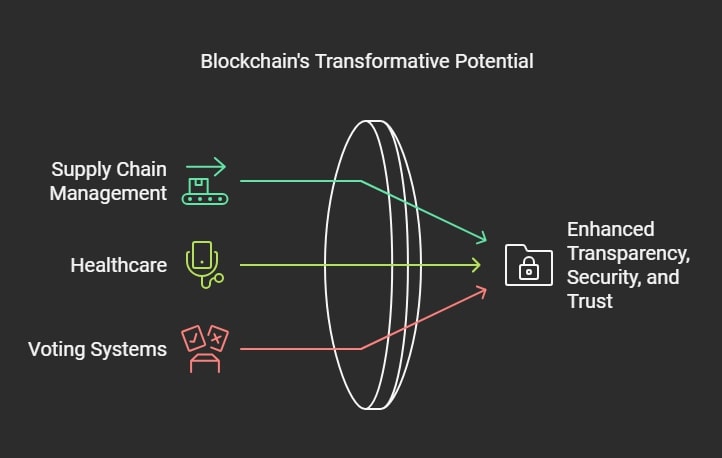
6. Extended Reality (XR): Merging the Physical and Digital Worlds
Extended Reality (XR) includes Virtual Reality (VR), Augmented Reality (AR), and Mixed Reality (MR)—technologies that blend the physical and digital worlds to create immersive experiences.
What It Means
● Virtual Reality (VR): Fully immersive digital environments (e.g., gaming and simulations).
● Augmented Reality (AR): Overlays digital elements onto the real world (e.g., Pokémon GO or AR navigation).
● Mixed Reality (MR): Combines VR and AR, allowing interaction with fundamental and digital elements.
Applications
XR is revolutionizing several industries:
● Entertainment: Transforming gaming and media with immersive experiences.
● Education: Offering interactive, hands-on learning, like virtual field trips and 3D models.
● Healthcare: Assisting in medical training and surgical simulations.
As XR technology continues to improve, its applications will only expand, making it a significant trend in the last phase of technology.

7. Biotechnology: The Intersection of Tech and Life Sciences
Biotechnology merges technology with life sciences to address some of the world’s most pressing challenges, from healthcare to sustainability.
Healthcare Innovations
Biotech is driving advancements in:
● Genetic Engineering: Tools like CRISPR allow for precise gene editing, offering potential cures for genetic diseases.
● Biopharmaceuticals: Developing new treatments, including vaccines and biologic drugs.
● Regenerative Medicine: Using stem cells and tissue engineering to repair damaged organs.
Agriculture and Sustainability
Biotech also enhances crop yields and sustainability by developing genetically modified crops resistant to pests, drought, and disease.
Impact on Public Health
Biotech played a pivotal role in developing COVID-19 vaccines in record time, showing how biotechnology can solve critical global challenges.
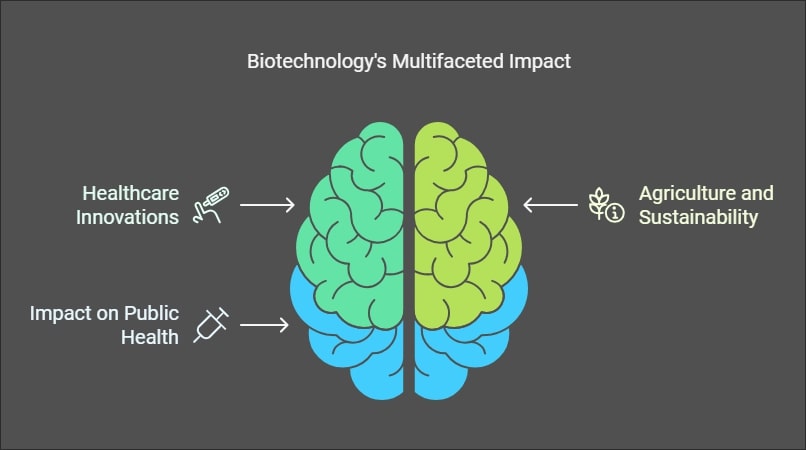
8. Cybersecurity: Protecting the Digital World
Protecting our digital data has never been more important as we spend more time online. Cybersecurity is evolving to keep up with new threats and ensure our online safety.
Key Trends
● AI and Machine Learning: AI security systems can detect threats in real-time and respond faster than traditional methods.
● Zero-trust security: This approach assumes that no one, inside or outside the network, can be trusted without verification.
● Blockchain Security: Blockchain’s decentralized nature provides enhanced security for transactions and data storage.
Real-World Example
The 2017 Equifax data breach highlighted the importance of cybersecurity. It exposed the personal data of millions of people and sparked changes in how companies handle data security.

9. Renewable Energy: Powering a Sustainable Future
Renewable energy technologies are reshaping how we produce and consume energy, offering a sustainable alternative to fossil fuels.
Advances in Renewable Energy
● Solar Power: Innovations make solar energy more affordable and efficient.
● Wind Power: Offshore wind farms are boosting energy production.
● Energy Storage: Improved batteries are making it easier to store and distribute renewable energy.
Impact
Renewable energy is essential for combating climate change and creating a sustainable future. Countries like Germany and Denmark are leading the way, with substantial portions of their electricity coming from renewable sources.
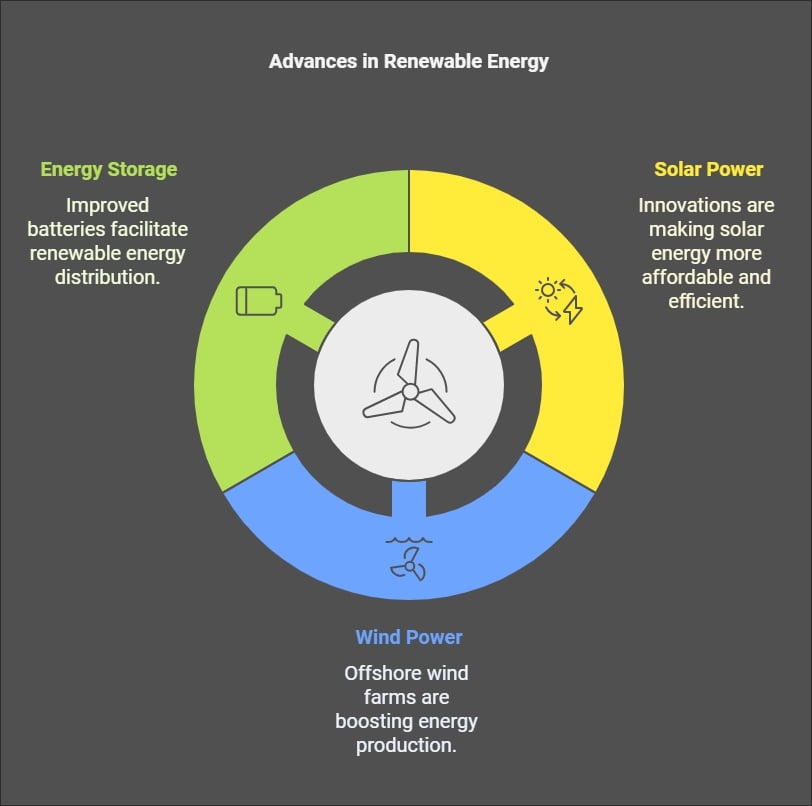
Conclusion: Embrace the Last Phrase of Technology
We’ve explored the key trends in the last phase of technology—from quantum computing and AI to blockchain, XR, and renewable energy. These technologies transform industries, improve lives, and pave the way for a more connected, sustainable future.
Staying informed about these innovations is essential in today’s digital world. Embrace the excitement of technological progress, and who knows? You might be part of the next big breakthrough.
Thanks for reading! Keep exploring and learning, and check out more articles on our blog for the latest tech trends and insights. Let’s continue embracing the incredible journey of technological advancement together!








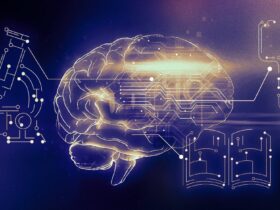

Leave a Reply